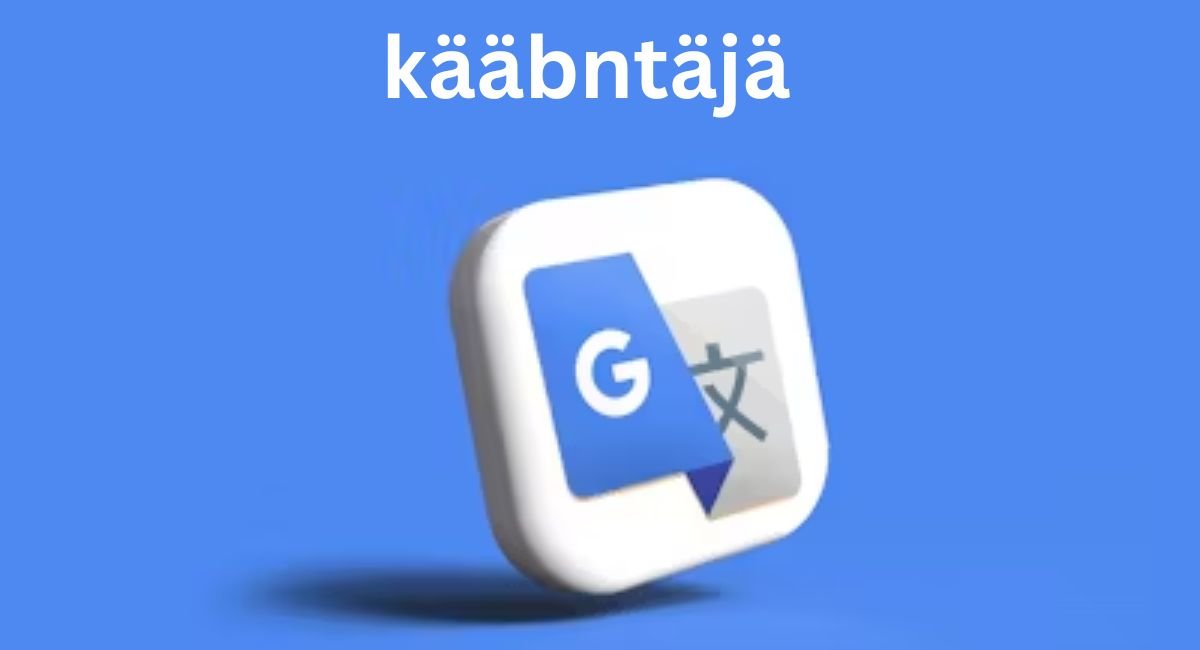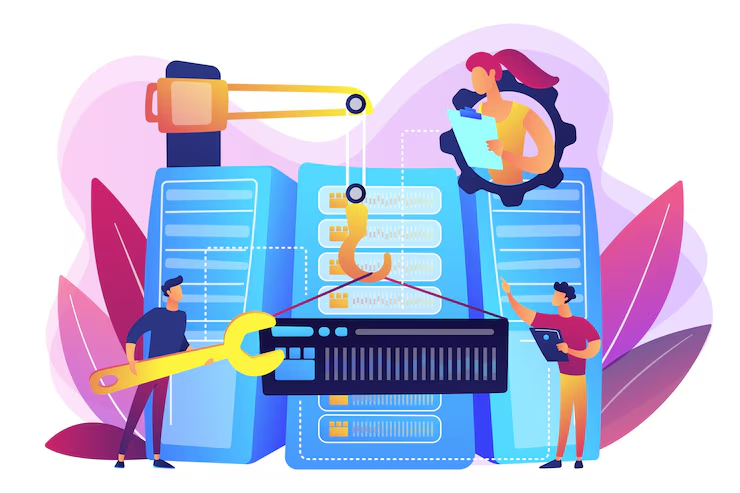In a world where cross-cultural communication is increasingly vital, the role of a “kääbntäjä”—Finnish for translator—has become more critical than ever. Translators, whether human or machine-based, play an essential role in bridging language barriers, facilitating communication, and enabling global collaboration. This article delves into what a kääbntäjä does, the different types of translators, and how modern technology is shaping the future of translation.
Table of Contents
ToggleWhat is a “kääbntäjä”?
The term “kääbntäjä” refers to a translator—someone who converts written or spoken content from one language to another. In Finland, kääbntäjäis a crucial profession, given the country’s bilingual nature (Finnish and Swedish) and its active participation in international business, education, and culture.
Translators must possess a deep understanding of both the source and target languages, including grammar, idioms, and cultural nuances. A successful translation goes beyond mere word-for-word conversion; it requires conveying the original message’s tone, context, and intent accurately.
Types of “kääbntäjä”
Literary Translators:
These kääbntäjä specialize in translating literature, including novels, poetry, and plays. Their work is highly creative, requiring a deep understanding of the literary style and cultural context of both the original and target languages.
Technical Translators:
Technical translators focus on translating specialized texts like manuals, scientific papers, and legal documents. They often need expertise in the specific field they are translating for, such as medicine, engineering, or law, to ensure accuracy.
Interpretive Translators:
Also known as interpreters, these professionals work with spoken language, translating in real-time during meetings, conferences, or conversations. This form of translation requires quick thinking and a high level of proficiency in both languages.
Machine Translators:
With advancements in AI, machine translators are becoming increasingly sophisticated. Tools like Google Translate and DeepL use algorithms to translate text. While they are fast and convenient, they still struggle with nuances and complex language structures, making human oversight essential.
The Importance of a Skilled kääbntäjä
In today’s interconnected world, a skilled kääbntäjä is invaluable. They enable businesses to enter new markets, help governments communicate with diverse populations, and allow people to enjoy literature and media from other cultures.
Business and Commerce:
For companies expanding internationally, accurate translation is key to communicating effectively with new markets. A poorly translated document or marketing message can lead to misunderstandings, damage a brand’s reputation, and even result in legal issues.
Education and Research:
In academia, translators make research accessible to a global audience. They translate scholarly articles, books, and educational materials, contributing to the global exchange of knowledge.
Cultural Exchange:
Translators allow people to experience literature, films, and art from other cultures, fostering understanding and appreciation across borders.
The Role of Technology in Modern Translation
With the advent of digital technology, the field of translation has seen significant changes. Machine translation tools are now widely available, offering quick and often free translation services. However, while these tools are useful for everyday tasks, they are not always reliable for professional or nuanced translation needs.
Advantages of Machine Translation:
- Speed: Machine translators can process large volumes of text in seconds, making them ideal for quick translations or for getting the gist of a foreign text.
- Accessibility: Online translation tools are readily available to anyone with internet access, democratizing access to multilingual communication.
- Cost: Many machine translation services are free or low-cost, making them accessible to individuals and small businesses with limited resources.
Challenges of Machine Translation:
While machine translators offer many benefits, they also have significant limitations:
- Nuance and Context: Machines often struggle with understanding context, idiomatic expressions, and cultural references, leading to translations that may be technically correct but lack the intended meaning or tone.
- Accuracy: For highly specialized fields like legal, medical, or technical documents, machine translation can be risky. Misinterpretations in these areas can have serious consequences, making human expertise crucial.
- Human Oversight: Even the best machine translation tools require human oversight to ensure accuracy and appropriateness, especially for professional use.
The Future of Translation: A Collaborative Approach
As technology continues to evolve, the future of translation will likely be a collaborative effort between human translators and machines. Machine translation can handle large volumes of text quickly, while human translators provide the necessary nuance, cultural understanding, and expertise to ensure high-quality results.
In this evolving landscape, the role of a kääbntäjä remains as vital as ever. As globalization continues to bring people and cultures closer together, skilled translators will be needed to bridge linguistic divides, fostering communication, understanding, and cooperation in a complex, interconnected world.


